Free Courses Sale ends Soon, Get It Now


Free Courses Sale ends Soon, Get It Now


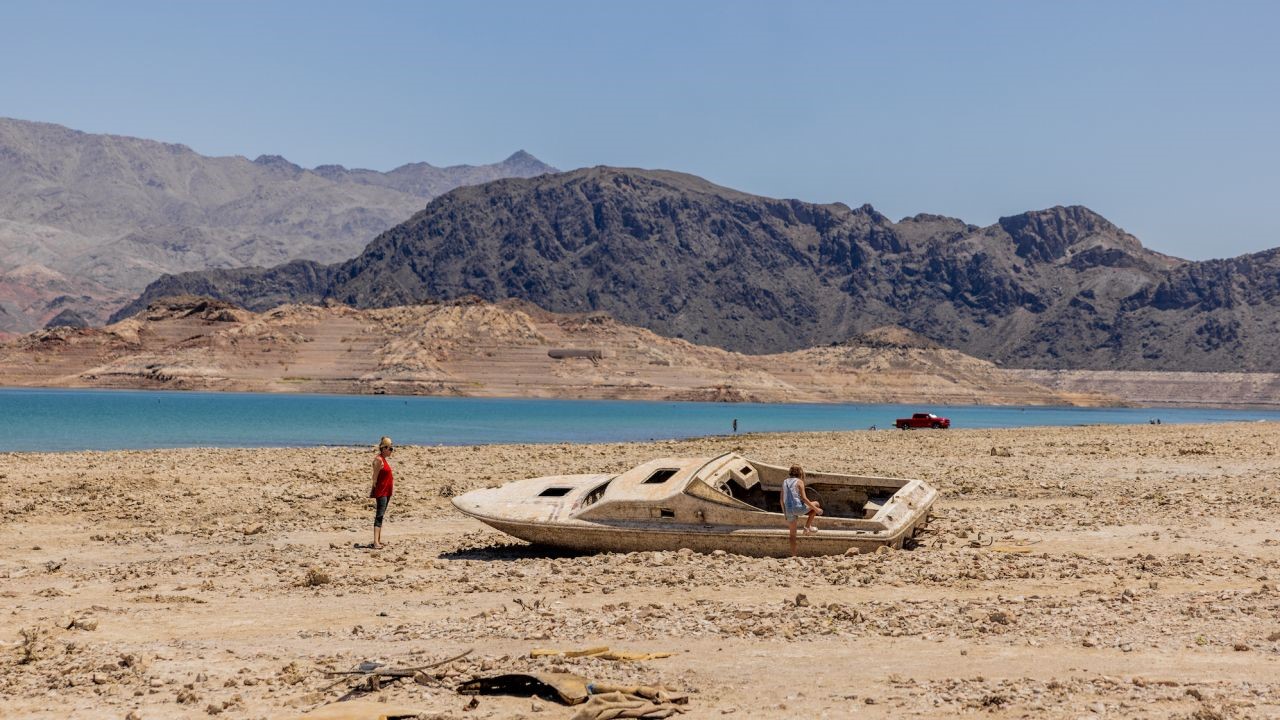
Disclaimer: Copyright infringement not intended.
Context
Highlights of the study
Worst affected lakes and their causes
Unsustainable water consumption
Increasing temperature and PET
Concurrent result of natural variability and climate change
Indian scenario
What are the consequences of shrinking lakes?
Some of the lakes that have shrunk
Lake Poopó
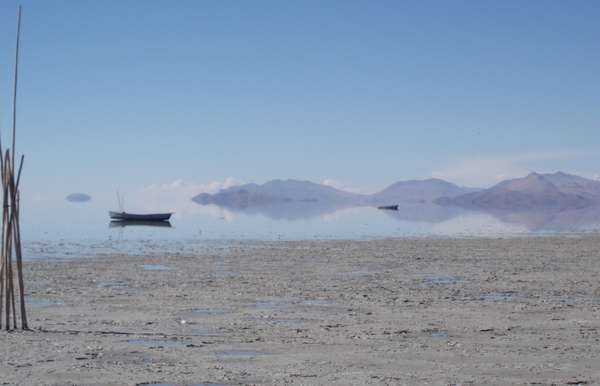
Lake Eyre
Aral Sea
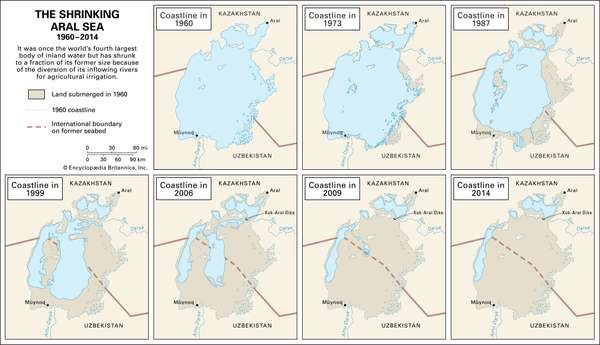
Lake Mead
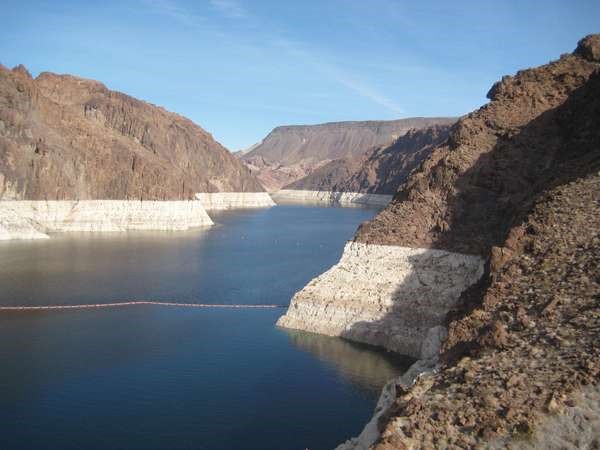
Lake Chad
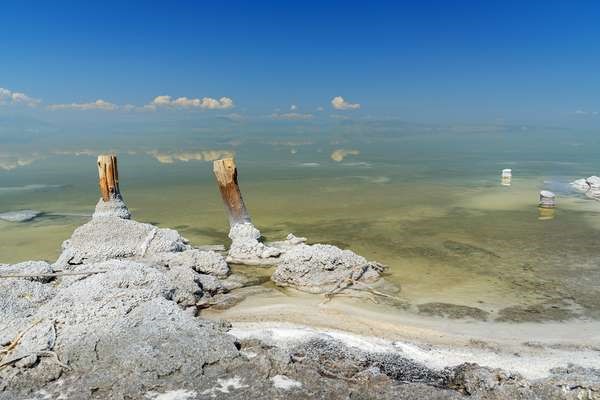
Dead Sea
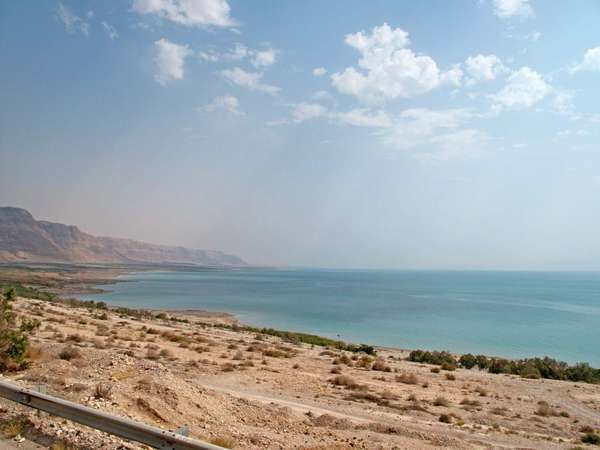
Way Forward
|
PRACTICE QUESTION Q) The reduced size of world’s largest lakes not only results in freshwater decline and environmental degradation but also disrupts the water and carbon cycles. Discuss. (250 words) |
© 2024 iasgyan. All right reserved